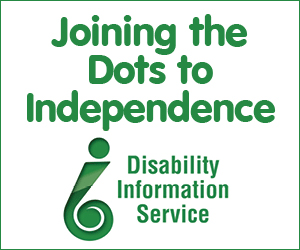
Troy Churton
But the implications of buying in a retirement village are varied and often seem quite complex.
The Retirement Commissioner ensures the legislative framework for retirement villages is effective in protecting residents within a well functioning market, and that retirement village operators comply with the Retirement Villages Act 2003, Regulations and the Code of Practice.
As the office of the Retirement Commissioner, the Commission for Financial Capability (CFFC) is active in the retirement village space, providing information, resources and seminars to help people make informed decisions regarding their choices around retirement villages.
Retirement villages typically use agreements called Occupation Right Agreements (ORA).
Under an ORA, you make an initial payment for entry into a retirement village, often referred to as the purchase price of the ORA.
From this initial capital payment the village will apply a formula for calculating a ‘‘deferred management fee’’ or ‘‘village contribution’’ that is deducted from the entry payment when you end the agreement.
This exit fee is usually between 20% to 30% of your entry payment and accrues two to five years from your entry date.
Be aware that often the balance of the entry payment will not be repayable on termination but rather, when the owner finds a new resident for the unit.
There are additional costs you should consider and compare when looking at villages — a weekly fee to cover the running costs of the village and another service fee based on the extra services you need or opt for.
There may also be other costs and you should carefully view all the village documentation before you commit, to avoid any surprises once you’ve settled in.
While it is by far the most common approach, not all retirement villages use the Occupation Right Agreements model.
Some use different types of ownership structures such as unit titles and cross-lease titles.
The decision to move into a retirement village is not one you should rush.
Think about the things that are ‘‘must haves’’ for you and pick a village that enables you to achieve these goals.
Look at different villages and speak to the residents if possible, to ensure the village ticks all your boxes.
Involve your family and friends in your decision-making process.
ADVICE FROM THE COMMISSION FOR FINANCIAL CAPABILITY
Most intending residents release equity from their home or other savings to help purchase occupation rights to a retirement village unit and to supplement their superannuation.
We suggest breaking your decision-making into three parts:
1. Be clear about your personal and family circumstances and future lifestyle preferences. It’s not just about whether the village is right for you. Know if you are the right fit for the village community.
2. Understand the costs of entry, costs while you are there, and exit costs. You must be comfortable with the financial implications of becoming a resident, relative to your unique financial position.
3. Be honest about whether you fully understand and accept the legal regime, occupancy model and key consumer protections of living in a registered retirement village.
For more information, visit www.cffc.org.nz
Check out other stories in this feature:
It's never too late to move that tush
Meals on wheels a personalised service
Keeping people active and preventing falls
Will ensures estate will be divided as you wish
What makes us different?
Thank you to our supporters:
 |  |  |
 |  |  |
 |  |  |
 |  |  |


















